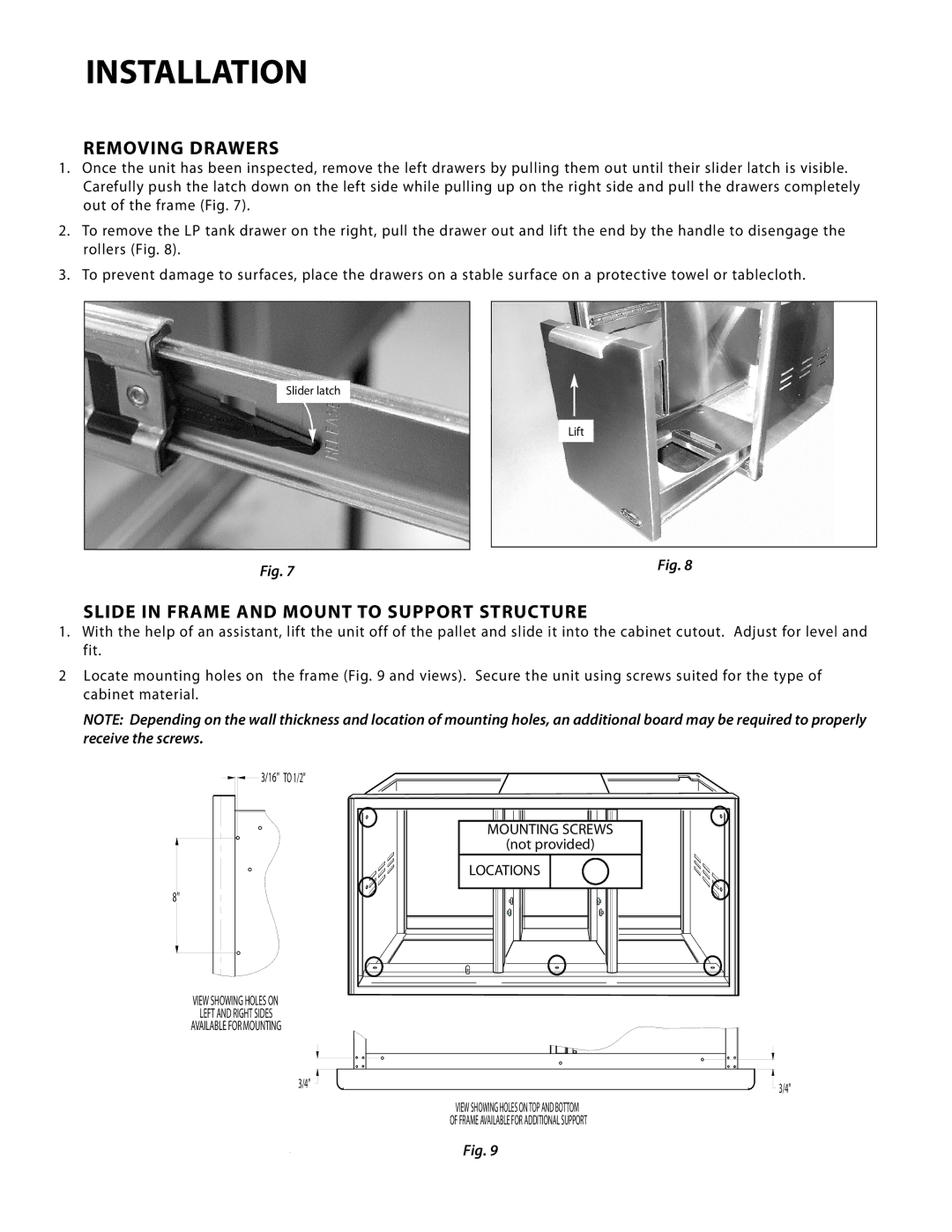ADR24, ADR36, ADR48, ADR30 specifications
DCS ADR30, ADR48, ADR36, and ADR24 represent a series of advanced data collection and management systems designed for effective and efficient monitoring across various applications. These systems are engineered for versatility, enabling them to meet the demands of different industries, including telecommunications, power grid management, and environmental monitoring.The DCS ADR30 is tailored for small to medium-scale deployments, featuring robust data logging capabilities. It supports multiple communication protocols, which enhances its interoperability with existing infrastructure. The unit's compact design allows for easy installation, making it ideal for remote locations. It is equipped with a user-friendly interface that enables operators to engage effortlessly with the system, facilitating quick data retrieval and analysis.
Moving on to the DCS ADR48, this model is designed for larger scale operations. It boasts enhanced data storage capacity and higher processing power compared to its predecessors. The ADR48 can manage a greater number of sensors and input channels, thereby providing comprehensive monitoring in more complex environments. One of its standout features is its advanced analytics capability, which enables predictive maintenance and operational insights, ensuring optimal performance and reducing downtime.
The DCS ADR36 strikes a balance between the ADR30 and ADR48, offering mid-tier capabilities that cater to diverse applications. It features an optimized data management system that amalgamates data from various sources and presents it in a coherent manner. Additionally, it supports seamless cloud integration, enabling users to access real-time data from anywhere and facilitating enhanced collaboration among teams.
Lastly, the DCS ADR24 serves as an entry-level solution that still maintains high-quality performance. With essential features such as data logging and basic analytical functions, the ADR24 is ideal for organizations looking for cost-effective monitoring solutions without compromising on reliability.
All four models harness the power of contemporary technologies such as IoT connectivity, scalability, and advanced data analytics, making them suitable for future-ready applications. Their modular architecture allows for customization, ensuring that users can adapt the systems to their specific needs. With a focus on sustainability and energy efficiency, the DCS series promises not only to enhance operational efficacy but also to contribute towards greener practices.

